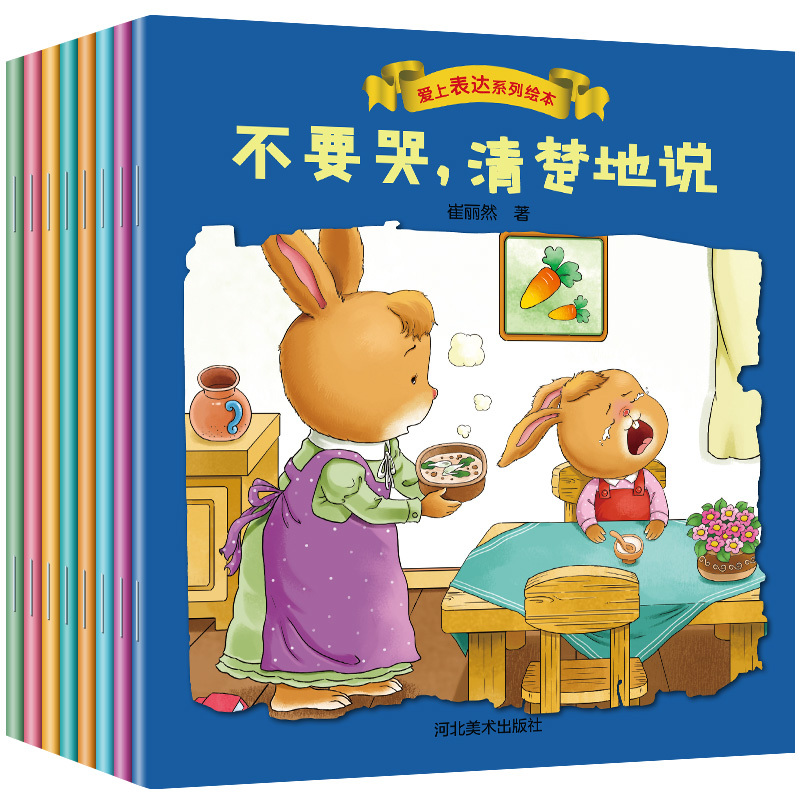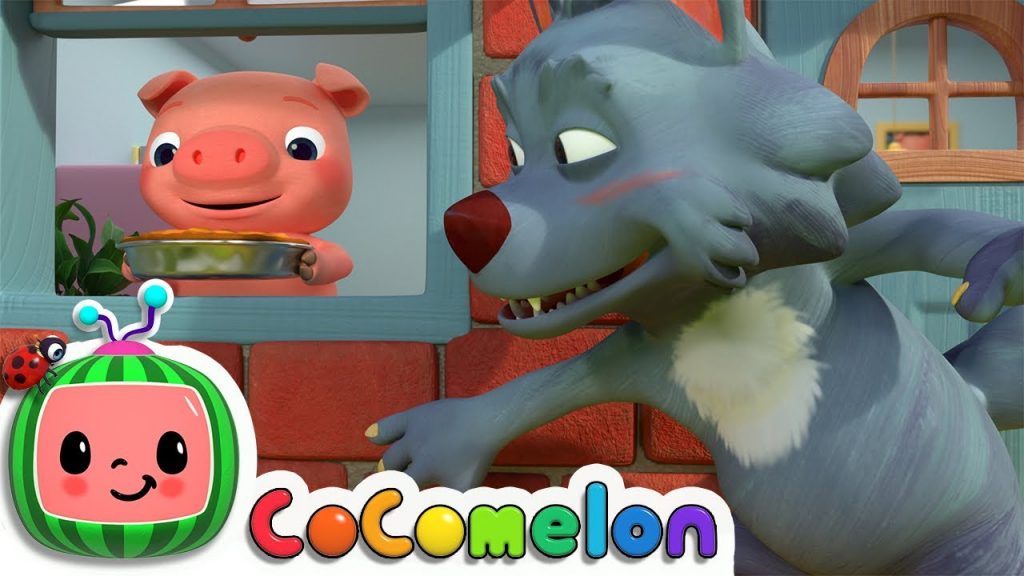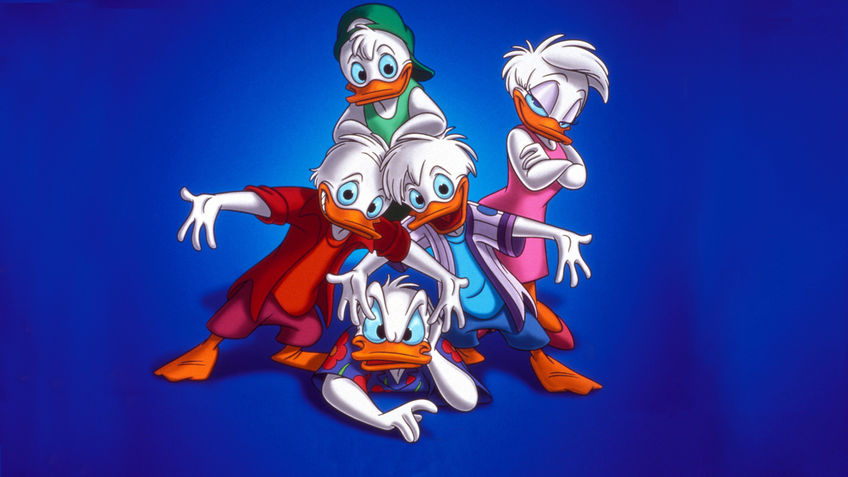Sounding out vowels
Understanding Vowels
The Sound City Reading program teaches the vowels and vowel patterns one at a time so that students can become very familiar with one pattern before going on to the next. Patterns that are similar are taught one after the other, so that students can see the similarities between them.
Students practice saying the vowel sounds they have learned from sound charts and flashcards daily. They also write the patterns they have learned, when given the sounds by the teacher. After learning a new pattern, students spell and read words with the pattern. This step by step process makes learning the vowels much easier.
To hear the vowel sounds from the sound story and sound charts in the student books, click on the audio and video menu headings.
Do not be discouraged by the number of different vowel patterns. They will be taught in an orderly fashion and explained thoroughly as you work through this program. If you are not familiar with them, you will learn them along with the students, one pattern at a time. There is a logic to the system and it will make more sense as you go forward in the program.
General Notes About Vowels
- The vowels in the English language are a, e, i, o, and u. In some words the letter y acts as vowel (my, happy) or as part of a vowel pair (play, key, boy). The letter w can also be used as part of a vowel pair (saw, few, snow).
- Even though there are only five vowel letters, there are many different vowel sounds. You can hear each vowel sound when you pronounce the sound picture or the key word for that pattern. The vowel sounds, along with the consonant sounds, are introduced in A Sound Story About Audrey And Brad. Part one of the story introduces the short vowel sounds and the long i sound. Part two introduces the rest of the vowel sounds. Click on AUDIO in the menu to hear the sound story read aloud.
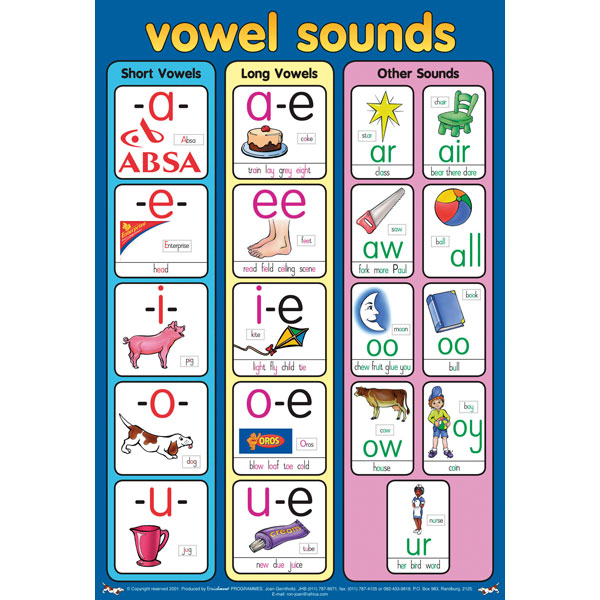
- English has incorporated many words from other languages. That is why there are so many patterns to learn.
- Vowel sounds are different from consonant sounds. You always pronounce a vowel sound with your mouth open, without stopping the flow of air. You adjust the shape of your mouth to create the different vowel sounds.
- Many of the vowel sounds can be shown with more than one letter pattern. Example: the aw/saw and au/Paul patterns both represent the same sound.
- In some cases, a vowel pattern can represent more than one sound. Example: eat, head, steak.
- Each single vowel can represent two main sounds, the short sound and the long sound. These terms do not mean that the letters themselves are shorter or longer, and it does not mean that the sounds are shorter or longer. They are just the common terms used to indicate the two different sounds.
- Words with short vowel sounds are taught first in this program.
 There are many words with short vowel sounds and they are very regular. Many short vowel words have only three letters, making them easy to read. After students have learned to read short vowel words, it will be much easier for them to learn to read words with the other vowel patterns.
There are many words with short vowel sounds and they are very regular. Many short vowel words have only three letters, making them easy to read. After students have learned to read short vowel words, it will be much easier for them to learn to read words with the other vowel patterns. - The long vowel sound is the same as the name of the vowel. When teaching long vowels, a straight line is placed above the vowel to show that it has the long vowel sound: ā, ē, ī, ō, ū.
- Each single vowel can also represent a third sound: ä/all, ë/ballet, ï/pizza, ö/to, and ü/bush. These vowel sounds are less common than the short and long vowel sounds. Two dots are placed above these vowels to show that they do not represent their usual sound.
- Students practice saying the vowel sounds that have been learned from charts as a daily review. On some of the vowel charts, the sounds for the vowels and vowel patterns are shown using sound pictures from A Sound Story About Audrey And Brad.
 These charts should be used first with the students.
These charts should be used first with the students. - Some of the vowel charts have key words and pictures. You can hear each vowel or vowel pattern by saying the key words. Being able to pick out the sound from a key word is more difficult. These charts should only be used after students have studied the charts with sound pictures for a period of time.
- Vowel patterns are grouped with other similar patterns when they are taught. For example, all of the long vowel patterns are taught one after the other during the same time period. The long vowel patterns are all shown on the same chart. This helps students understand the patterns and remember them more easily.
- The most common vowel patterns are taught first. Less common vowel patterns are taught later.
- To see and hear all of the vowel patterns and sounds in this program, click on VIDEO in the menu. Then click on Advanced Phonics Patterns. You will be able to see videos showing all of the vowel patterns, both beginning and advanced, and hear them pronounced.
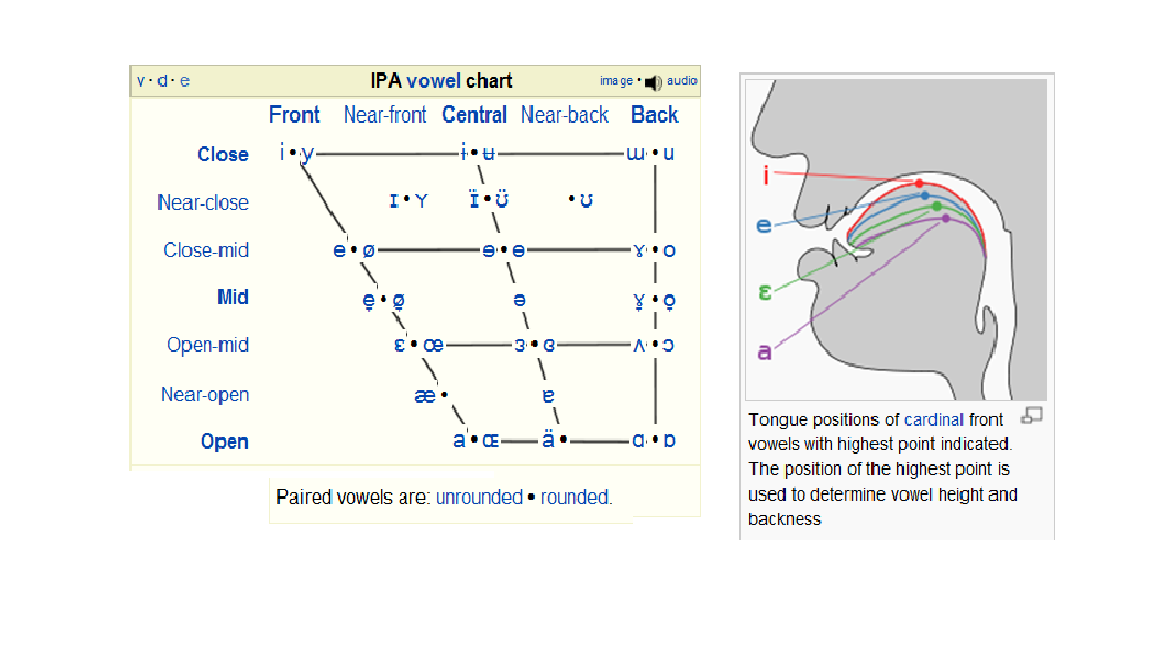 You will be able to see and hear all of the consonant patterns as well.
You will be able to see and hear all of the consonant patterns as well.
In Some Books The Vowels Are Color-Coded
In some of the Sound City Reading books, the vowels are printed in color. There is a specific color for each vowel sound. This helps the vowels and vowel patterns stand out in words, so that students will recognize them and be able to distinguish between consonants and vowels in words. For multi-letter vowels, students will be able to see which letters work together to show the vowel sound. Students will quickly be able to see which patterns sound the same, because the colors will be the same. They will also be able to see when vowel patterns have different sounds, because they will be printed in different colors. There are fifteen different colors used. The colors for the short and long vowel sounds are related. For each vowel, the long sound is shown in a dark color, and the short vowel sound is shown in a lighter version of the same color. Fourteen of these colors represent specific sounds. The fifteenth color is gray. It is used with the r-controlled patterns in which only the /r/ sound is pronounced: dollar, her, bird, tractor, turtle, worm, early, journal. The vowel part of these patterns printed in gray is "silent."
Fourteen of these colors represent specific sounds. The fifteenth color is gray. It is used with the r-controlled patterns in which only the /r/ sound is pronounced: dollar, her, bird, tractor, turtle, worm, early, journal. The vowel part of these patterns printed in gray is "silent."
The chart on the left shows the color used for each vowel sound. The chart on the right explains how I chose the colors for the vowel sounds.
Overview - What Vowel Sounds Are Taught In This Program?
Short Vowel Sounds: a/ax, e/egg, i/in, o/ox, u/up - No marks are placed over short vowels in this program. This reduces confusion. Students learn to read words with short vowels first, because they are phonetically regular and there are many short vowel words made up of only three letters.
Long Vowel Sounds: ā/raven, ē/begin, ī/lilac, ō/robot, ū/music - When you say the name of these vowels, you are pronouncing the long vowel sound. When they are introduced, they are shown with a straight line above them. This helps students distinguish long vowels from short vowels. The line is called a macron. The letter y sometimes shows the long ī or the long ē sound, as in the words y/my and y/happy. There are a number of long vowel patterns that are made up of two or more letters, including ai/rain, ee/feet, ie/pie, oa/boat, and ue/cue. See the charts below.
Dotted Vowel Sounds: Two dots are placed above these vowels when they are introduced in the teaching materials. The symbol is a German umlaut, which means "not the usual sound." The patterns ä/all, ö/to, ü/bush are neither long nor short sounds. Two more dotted vowels, ë/ballet and ï/pizza, steal the long ā and long ī sounds. There are a number of multi-letter patterns that have dotted vowel sounds, as in äll/ball, ëi/veil, ïe/shield, öu/soup, and oo/book (which shows the ü sound but does not contain the letter u).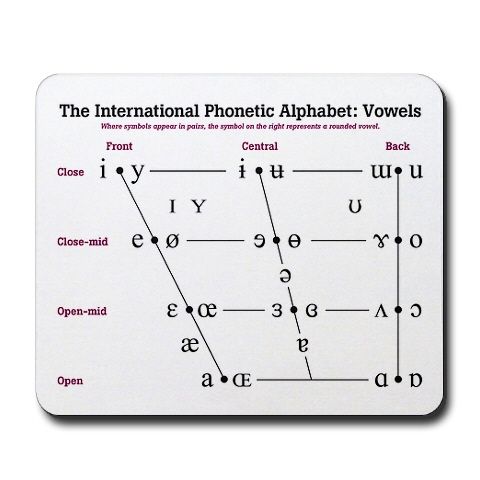 See the charts below. Note: In books with color-coded vowels, the ö/to sound is printed in the same color as the long ū sound, dark blue, because they are pronounced in almost the same way.
See the charts below. Note: In books with color-coded vowels, the ö/to sound is printed in the same color as the long ū sound, dark blue, because they are pronounced in almost the same way.
Diphthongs - There are two vowel sounds taught that are diphthongs. You change the position of your mouth as you pronounce these sounds. Each diphthong sound can be represented by two different letter patterns.
- The ou/ouch and ow/cow patterns both represent the same sound.
- The oi/coin and oy/boy patterns both represent the same sound.
Odd O Patterns - A number of vowel patterns are taught in this program that begin with the letter o. Several of these patterns are pronounced in unexpected ways. These patterns are grouped together on a single chart. They are called "Odd O" patterns. There is no single rule that applies to all of the patterns, so they just have to be memorized. This category includes the ou/ouch, ou/cow, oi/oil, and oy/boy patterns plus several other patterns.
R-Controlled (Bossy R) Patterns - There are a number of patterns in which one or more vowels are followed by the letter r. This affects the sound of the vowel. The basic R-controlled patterns are ar/car, er/her, ir/bird, or/horse, and ur/turtle. The wor/worm, ear/early, and our/journal patterns are also commonly used. Some the the R-controlled patterns can be pronounced in two or three different ways, as shown on the charts below.
Umbrella Vowels - The umbrella vowels include these patterns: a/what, a_/across, _a/panda, o/son, o_e/love, and ou/country. They are named umbrella vowels because although none of the patterns contains the letter u, each of them represent the short u sound in words, as heard at the beginning of the word umbrella. There is a story to read aloud to the students that explains why these patterns represent the short u sound in words. Essentially, this group contains phonetic patterns that are rule breakers - they don't represent the expected sounds. Grouping them together makes it easier for students to remember them.
Grouping them together makes it easier for students to remember them.
Shady Short Vowels - This group of vowels includes ea/head, a/father, and y/gymnastics. This is another group that contains rulebreakers. The patterns do not represent the expected sounds.
The "Vowel Code" - The Sounds For The Single Vowels
These charts show the single vowel sounds, including short vowels, long vowels, and dotted vowels. The chart on the left uses sound pictures to show the sound for each vowel. The chart on the right uses key words to demonstrate the sound for each vowel.
Long Vowels - There Are Four Ways To Show Long Vowel Sounds
- Single vowels that come at the end of a syllable show the long vowel sound. This type of syllable is called an open syllable.
- In some cases, two vowels work together to show a single vowel sound.
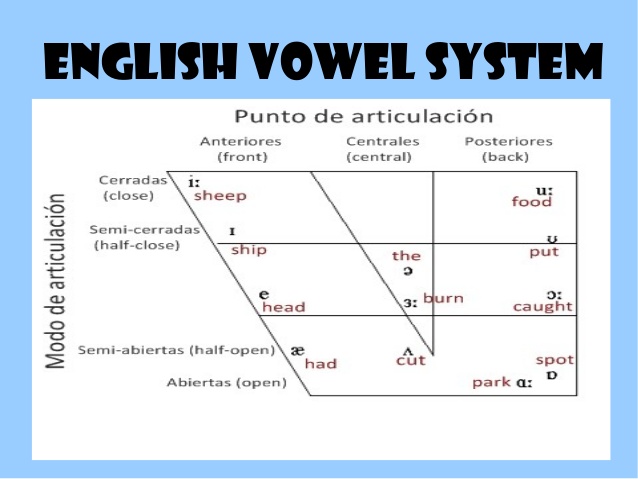 These are called vowel pairs. We can say, "The first vowel does the talking (it says its name) and the second vowel does the walking (it is "silent").
These are called vowel pairs. We can say, "The first vowel does the talking (it says its name) and the second vowel does the walking (it is "silent"). - In some cases, the first and second vowel in a vowel pair pattern are separated by a consonant (we call this a "split vowel" pattern), however the rule remains the same.
- There are three long ī patterns and four long ō patterns that are made up of a long vowel followed by two consonants. We call these "follow the leader" patterns. The vowel is the leader and shows the long vowel sound. Most of the consonants in these patterns are pronounced as usual. However, if you see an x above a consonant in these patterns, do not pronounce the consonant.
See the additional information below and the related long vowel charts for examples of these four kinds of long vowel patterns.
Closed And Open Syllables - Understanding When To Use Short And Long Vowel Sounds
Syllables are rhythmic units in words.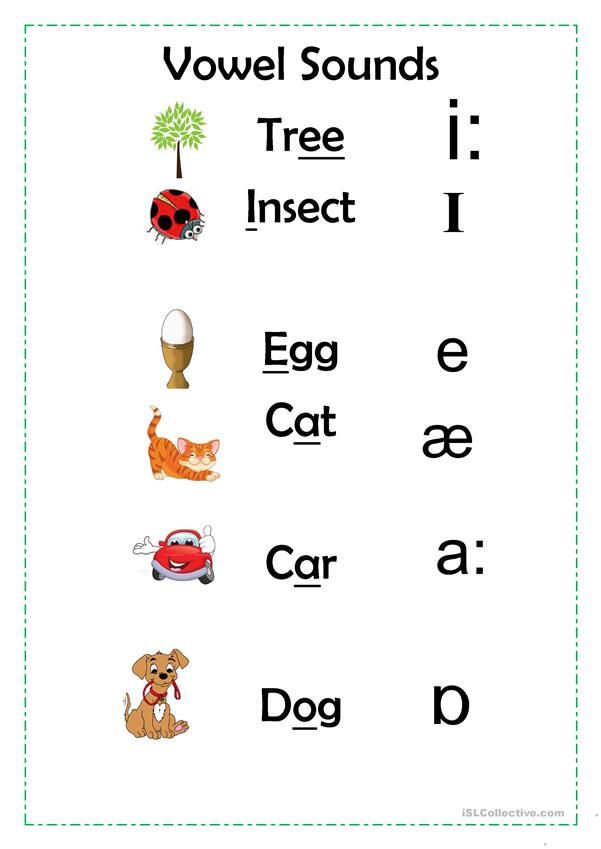 Every syllable must contain a vowel, even if it is not pronounced. Most syllables also contain consonant sounds.
Every syllable must contain a vowel, even if it is not pronounced. Most syllables also contain consonant sounds.
- When you see a word or syllable that has a single vowel followed by one or more consonants, use the short vowel sound. This is called a closed syllable. Examples: up, ill, can, slot, rest, rob-in, rab-bit, fan-tas-tic.
- When you see a word or syllable that has a single vowel at the end of the syllable, use the long vowel sound. This is called an open syllable. Examples: gō, nō, hē, shē, wē, flū, hī. Examples with the first syllable open: rā-ven, bē-gin, lī-lac, rō-bot, mū-sic. Examples with the second syllable open: hip-pō, ban-jō, men-ū, kud-zū. Examples with both syllables open: sī-lō, hē-rō, tō-fu.
Accented And Unaccented Syllables - When To Use The Schwa Sound
In many words, one syllable is pronounced more forcefully than the other syllables.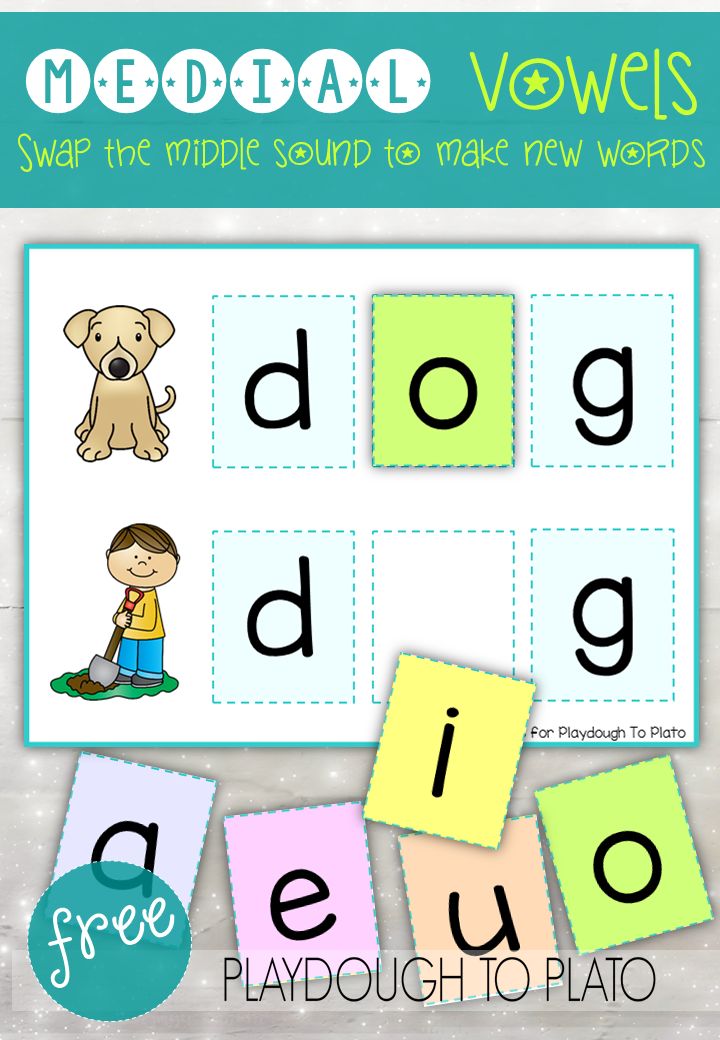 This type of syllable is called an accented syllable. In accented syllables, the vowel sound is usually pronounced as you would expect. Examples: pi-lot, cab-in, com-pare, re-port.
This type of syllable is called an accented syllable. In accented syllables, the vowel sound is usually pronounced as you would expect. Examples: pi-lot, cab-in, com-pare, re-port.
In some words, one of the syllables is not pronounced as forcefully as the other syllables. This type of syllable is called an unaccented syllable. In unaccented syllables, the vowel is hardly pronounced at all. When you read an unaccented syllable, you go from the consonant before the vowel to the consonant after the vowel, sliding past the vowel without pronouncing it. In practice, the skipped vowel sound like a very slight "uh" or "i" sound. This is called the schwa sound. Examples: pi-lot, cab-in, com-pare, en-ve-lope. In this program, a curved arrow is placed under a vowel if it has the schwa sound. It points from one consonant to the next, skipping the vowel.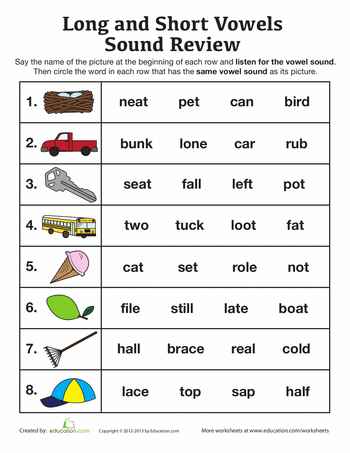
Silent E Syllables
Some multi-syllable words end with a "silent e" syllable, as in ap-ple, bot-tle, and sim-ple. All syllables must have at least one vowel, so the letter e must be included at the end of the second syllable in these words. However, the letter e is not pronounced. Only the consonant sounds are pronounced in a silent e syllable.
Long Vowel Patterns
Vowel Pairs - As described above, two vowels can work together to show the long vowel sound for the first letter: rāin, fēet, rōad, frūit, tīe. Pronounce the long sound for the first vowel. Do not pronounce the second vowel. We say, "When two vowels are together, the first one does the talking, and the second one does the walking."
Split Vowel Pairs - In split vowel patterns, two vowels work together to show one long vowel sound, but they are separated by a consonant: mīle, sāfe, thēse, hōme, ūse. This is called a "split vowel" pattern. Pronounce the long sound for the first vowel, Do not pronounce the second vowel. The second vowel is always the letter e. Even though the vowels are separated, we can still say, "When two vowels go walking, the first one does the talking." When teaching these patterns, show students how to draw a bracket below the pattern, starting at the first vowel and ending at the second vowel, to draw attention to the fact that the vowels work together.
This is called a "split vowel" pattern. Pronounce the long sound for the first vowel, Do not pronounce the second vowel. The second vowel is always the letter e. Even though the vowels are separated, we can still say, "When two vowels go walking, the first one does the talking." When teaching these patterns, show students how to draw a bracket below the pattern, starting at the first vowel and ending at the second vowel, to draw attention to the fact that the vowels work together.
Vowel-Consonant-Consonant Patterns - Sometimes a vowel that is followed by two consonants represents the long vowel sound. We call this a "follow the leader" pattern. The vowel gets to say its name because it goes first. Examples: fīnd, chīld, nīght, gōld, bōlt, trōll, yōlk. (These patterns must be memorized, because in most words a single vowel followed by one or more consonants represents its short vowel sound: last, went, wisp, soft, jump.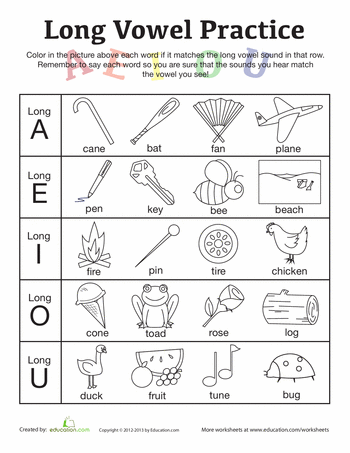 )
)
This chart shows the vowel pair patterns, the split vowel pair patterns, and the vowel-consonant-consonant patterns. All of these patterns are used to show long vowel sounds in words.
| Note: The ew and eu vowel patterns have a broken ruler above them on the long vowel chart to show that they are "rulebreaker" patterns. In these two patterns, the first vowel (e) does not say its name, as expected. These patterns are placed in the long ū columns because they are pronounced like the long ū sounds. |
Dotted Vowel Patterns
These are all of the dotted vowel patterns. Remember that the two dots above the vowel indicate that the vowel does not have its usual sound. The sound pictures at the top of the pages show the sound for each dotted vowel.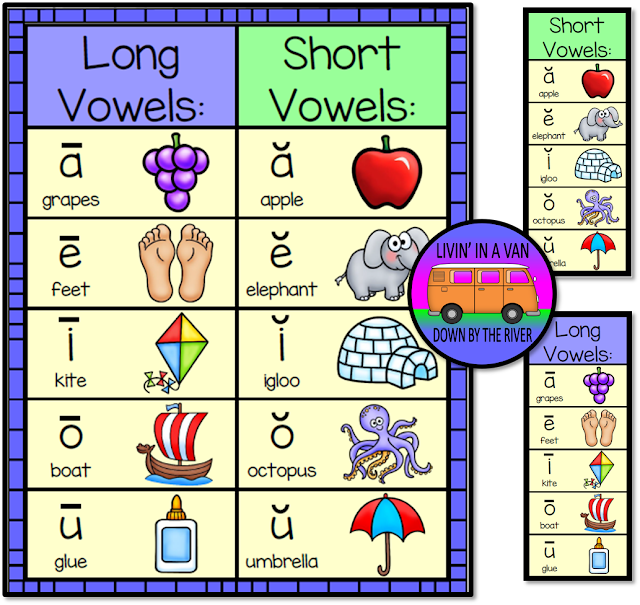 The column on the far right shows some of the odd o patterns, which are not dotted vowels.
The column on the far right shows some of the odd o patterns, which are not dotted vowels.
Notes: In the alk/walk pattern the letter l is not pronounced. In the ought/bought and the eigh/sleigh patterns the letters gh are not pronounced. In the word ballet the letter t is not pronounced. In the word should the letter l is not pronounced.
Odd O Patterns
The charts below show all of the odd o patterns. The chart on the left has sound pictures to show the sound for each pattern. The chart on the right has key words to demonstrate the sound for each pattern. In this program these patterns are called "Odd O" patterns, because most of them don't represent the sound that you would expect. The sounds for the Odd O patterns must be memorized.
These patterns include the two diphthong sounds: oi/coin and oy/boy, and ou/ouch and ow/cow. The oi and oy patterns have exactly the same sound. Likewise, the ou and ow patterns have the same sound. When you pronounce a diphthong, you change the position of your mouth as you say the sound.
The oi and oy patterns have exactly the same sound. Likewise, the ou and ow patterns have the same sound. When you pronounce a diphthong, you change the position of your mouth as you say the sound.
R-Controlled Or "Bossy R" Patterns
The "Bossy R" patterns are shown on the charts below. Vowels followed by the letter r make up a special category. The letter r affects the pronunciation of the vowel that comes before it. In the ar/car pattern, the letter a has the short o sound, so these patterns are printed with the short o color, light orange. In the or/horse pattern, the vowel o has the long ō sound, so these patterns are printed with the long ō color, dark orange. In some words, the R-controlled vowel is not pronounced at all, as in er/her, ir/bird, and ur/turtle.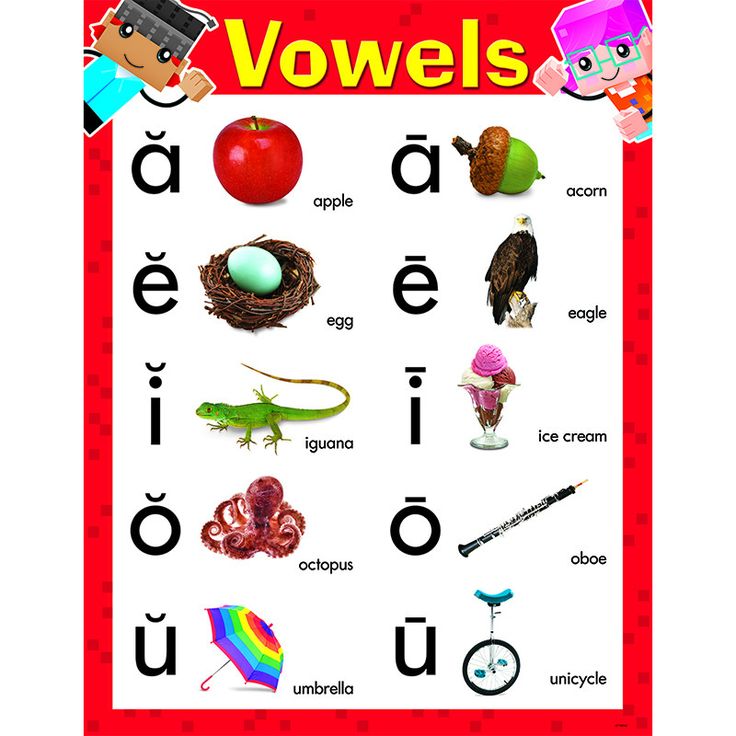 If the vowel is not pronounced the patterns are printed with the color gray. See the chart below.
If the vowel is not pronounced the patterns are printed with the color gray. See the chart below.
The chart on the left uses sound pictures to show the sound for each pattern. The chart on the right uses key words to demonstrate the sound for each pattern.
Umbrella Vowels
These patterns are called umbrella vowels. They are rule-breaker patterns because they don't show the expected sounds. But they are taught as a group to make it easier to learn them. In the three top patterns, the vowel a represents the short u sound. In the three bottom patterns, the vowel o represents to short u sound. The umbrella story explains these vowels in a way that will help students understand them.
- a/was - was, what, a
- a_/across - across, away, around, alone
- _a/panda - panda, villa, extra, umbrella
- o/son - son, won, from, front, money, wonder
- o_e/love - love, some, come, none, love, dove
- ou/country - country, southern, double, trouble, young
Shady Short Vowels
There are three short vowel patterns that do not follow the rules.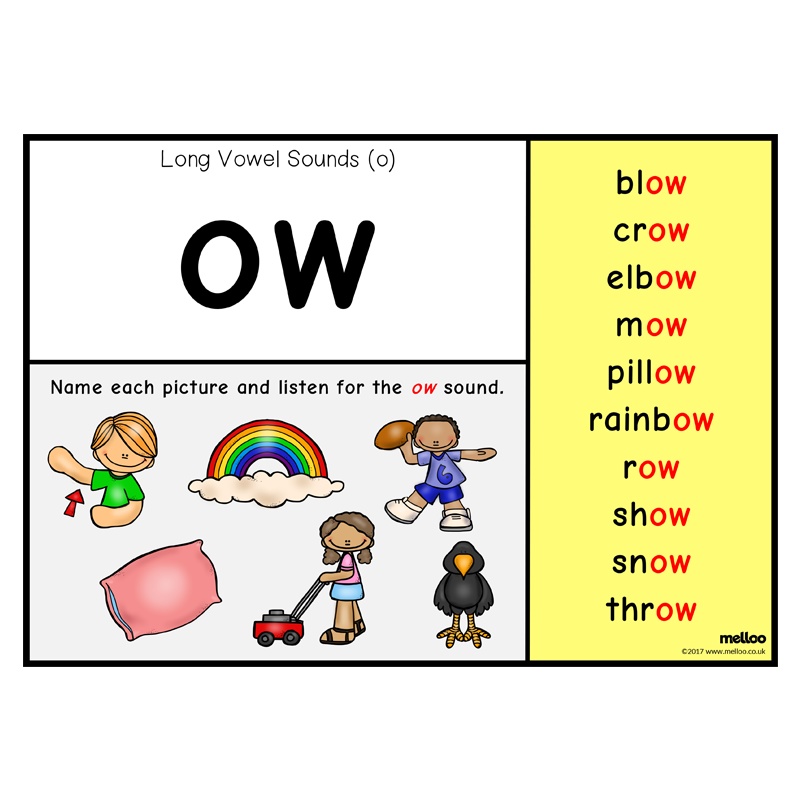 In this program we call them "shady" short vowels. The word "shady" tells us that these vowels are trying to trick us. The chart for these patterns is shown below.
In this program we call them "shady" short vowels. The word "shady" tells us that these vowels are trying to trick us. The chart for these patterns is shown below.
Like the umbrella vowels, these are also rule breakers that are grouped together to help students remember them. The chart on the left uses sound pictures to show the sound for each pattern. The chart on the right uses key words to demonstrate the sound for each pattern.
- The ea/head pattern has the short e sound instead of the long e sound in some words. It is printed in the same light green color as short e.
- In the a/father pattern the a is pronounced like a short o sound. It is printed in the same light orange color as short o.
- In the y/gymnastics pattern the y is pronounced like short i. It is printed in the same light violet color as short i.
Sounds For Y
The letter y is sometimes used as a consonant and sometimes used as a vowel.
- y/yo-yo - Y is used as a consonant in these words: yo-yo, yes, year, you, yellow.
- y/happy - Y is used as a vowel when it is at the end of the last syllable in a multisyllable word. It represents the long ē sound: hap-py, fun-ny, po-ny, fam-i-ly.
- y/my - Y is used as a vowel when it is the only vowel in a one-syllable word and it appears at the end of the word. It represents the long ī sound: my, by, try, sky, fly. It sometimes represent the long ī sound at the end of a first syllable: py-thon, cy-cle, ny-lon.
- The ye and y_e patterns represent the long ī sound in words: lye, dye, rye, type, style, rhyme.
- y/gymnastics - Y sometimes represents the short i sound in words: gym, myth, symbol, bicycle, gymnastics. This pattern is shown on the "Shady Short Vowels" chart.
Ending Patterns With Silent E
In several ending patterns, the letter e is not pronounced at all.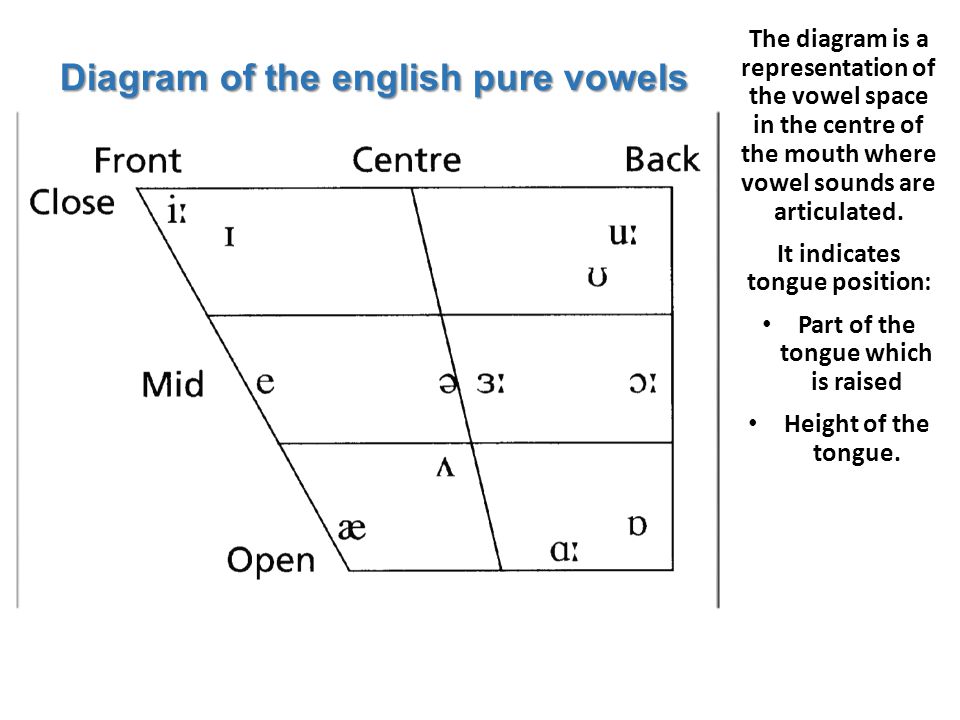 We can say it is a "silent e." When teaching these patterns, place a small x above the e to remind students that it is not pronounced.
We can say it is a "silent e." When teaching these patterns, place a small x above the e to remind students that it is not pronounced.
|
How To Help Your Child Learn Long And Short Vowel Sounds
It’s not uncommon for children to struggle with vowels. Most kids actually pick up consonant pronunciations much more quickly.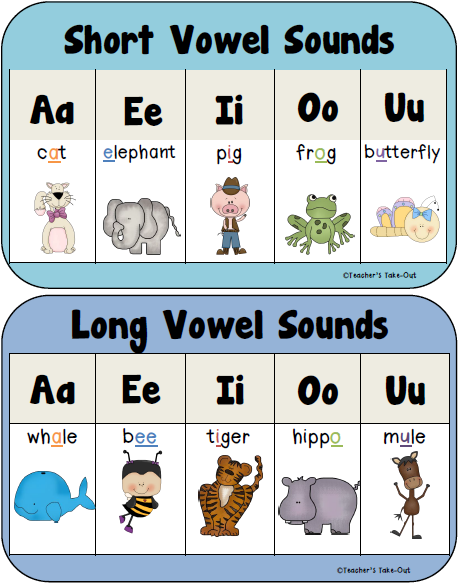 Why is that?
Why is that?
One of the challenges with vowel sounds is that they can’t exactly be “felt” in the mouth. With consonants, kids can feel the friction created while using their tongue, lips, or teeth to produce the sounds. To produce a vowel sound, you only need to adjust the shape of your mouth.
Then there’s the challenge of distinguishing between long and short vowels or two similar vowel sounds. In a nutshell, learning vowels can be a monster!
But have no fear; we’re here to help! We’ve compiled a step-by-step guide you can use to help your child finally connect the dots with both short and long vowel sounds.
When Is Your Child Ready To Learn Vowels?
It’s challenging to teach your child vowel sounds if they cannot hear them. This is why one of the most important signs showing that a child is ready to learn vowel sounds is when they can hear the vowel sounds in simple words.
For instance, let’s say your child tries to spell a simple CVC (consonant, vowel, consonant) word like “cat.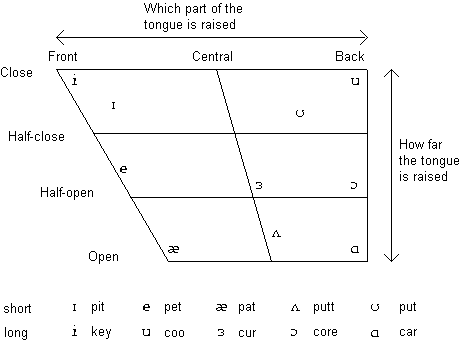 ”
”
Even if they may misspell the word by writing “cet” instead of “cat,” this is still a beautiful moment, so celebrate it to the fullest because it indicates that your child can hear that there’s a letter between the C and the N.
If you feel that your young learner is developmentally ready to start learning more about vowels, how can you help? Let’s take a look.
Tips For Teaching Short Vowel Sounds
Since short vowels have more consistent spelling, this is a great place to start when teaching your young learner.
1) Begin With The Names Of The Vowels
Teaching your child A, E, I, O, U is the first step in helping to familiarize them with vowels. We recommend taking these one vowel at a time to avoid overwhelming your young learner.
The good news is that there are various tactics you can use to help your child remember their vowels.
Besides sounding them out, you can also help your child create three-dimensional letters with something as easy and accessible as PlayDoh. To help emphasize the differences between the letters, use a different color for each vowel.
To help emphasize the differences between the letters, use a different color for each vowel.
As your child feels and creates vowels, more of their senses will be engaged, and this will help them get familiar and comfortable with the five vowels and their sounds.
2) Differentiate Between The Vowels
This point on our list is connected to the previous one. Still, it deserves its own emphasis because it can be easy for children to struggle with differentiating between the vowels.
The example we used earlier of a child spelling “cet” instead of “cat” is pretty common, especially when you consider how similar the sounds are to each other. This is why it’s important to make the letters distinct.
To add some fun into your child’s learning, you might consider using stick puppets made with the five vowels. Simply attach a printout of each letter onto a popsicle stick, and then let your imagination run wild!
A can go to the store with E; I can head out to the beach with O; and so on.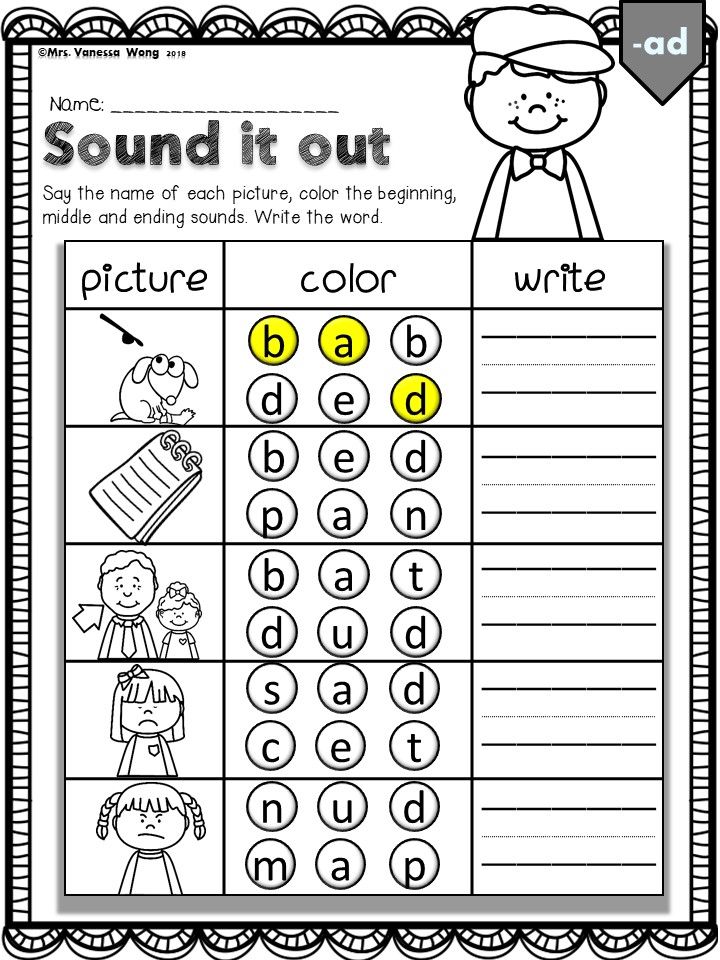 While acting out your scene, remember to emphasize the difference between the letters and keep sounding the vowels out clearly.
While acting out your scene, remember to emphasize the difference between the letters and keep sounding the vowels out clearly.
3) Introduce Word Families For Simple CVC Words
Word families can be described as a group of words that have a common pattern or features. Helping children learn these allows them to spell and sound out related words.
For example, a child who learns the word family -at, will have an easier time spelling cat, mat, hat, etc.
Remember to take it one word family at a time. This will help prevent your child from feeling overwhelmed with all the new information.
Here are some activities we recommend for working on word families:
- Say a word like “hat” and ask if it has the /a/ sound or the /i/ sound. Focus on sounding the letters out, not writing them, so your child can hear the differences better.
- Say two words and ask which has /o/ as the middle sound.
- Make a Tic-Tac-Toe board and put a vowel in each cell.
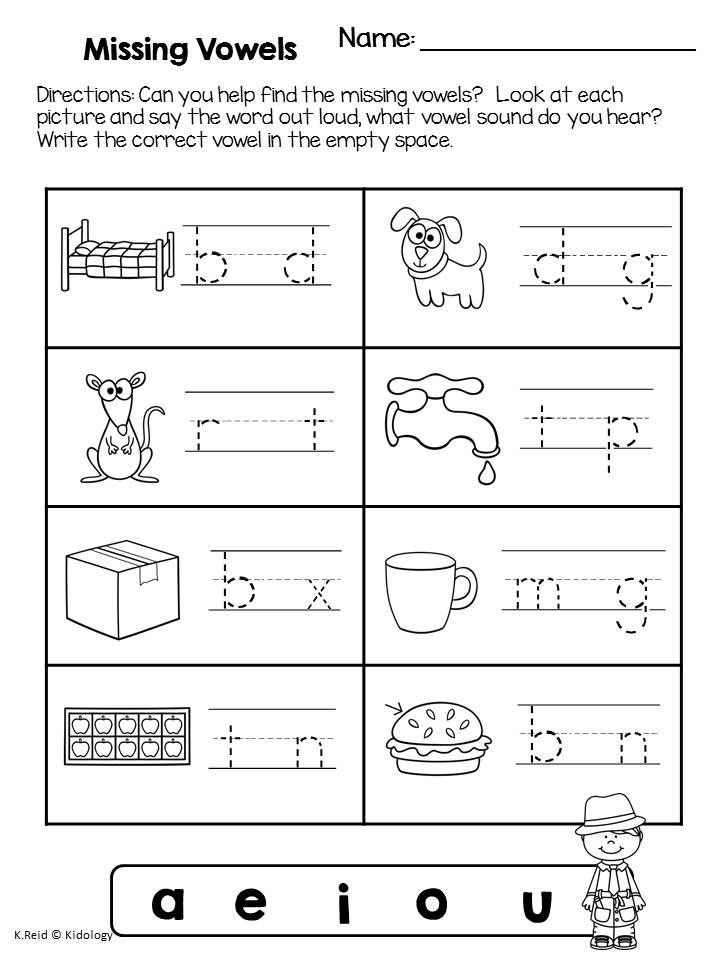 Before placing their mark in a cell, your child will need to identify the vowel with its short sound.
Before placing their mark in a cell, your child will need to identify the vowel with its short sound. - Sound out CVC words by emphasizing the phonemes. For example, say /t/…/a/…/p/… and then blend together into tap.
- Place a t and a p with a space in-between. Ask your child to fill in the missing letter that will help form “top.”
- Switch the vowels. For this, you can play with magnetic letters. Ask your child to turn “tap” to “tip” and then to “top.”
Here are some great words with short vowel sounds to practice at home:
Short “A” Sound Examples:
- Cap
- Bat
- Bad
- Cat
- Dad
- Lap
- Tap
Short “E” Sound Examples:
- Bed
- Get
- Pen
- Bet
- Wet
- Fed
- Net
- Ten
Short “I” Sound Examples:
- Bin
- Sip
- Tip
- Zip
- Did
- Fit
- Nip
- Win
Short “O” Sound Examples:
- Rod
- Cod
- Jog
- Dot
- Fog
- Mop
- Pot
- Top
Short “U” Sound Examples:
- Bun
- Cut
- Pup
- Sun
- Sum
- Run
- Fun
- Hug
Tips For Teaching Long Vowel Sounds
1) Form Long Vowel Sounds
Although long vowel sounds are typically easier for kids to learn, we normally teach short vowels first.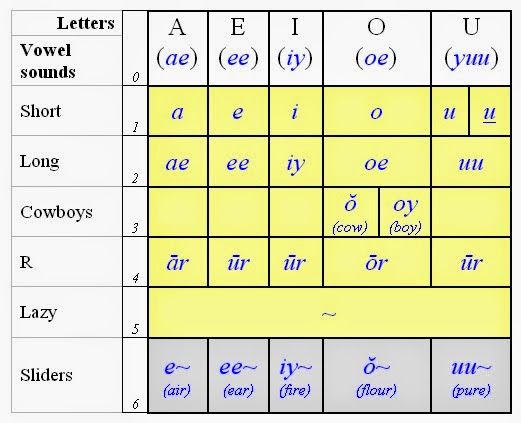 Why is that? It takes two vowels to make a long sound, and this can be tricky for kids to understand at first.
Why is that? It takes two vowels to make a long sound, and this can be tricky for kids to understand at first.
To get started with long vowel sounds, we begin teaching the silent e. It’s important for kids to understand that every vowel will change its sound when a silent e is put after the CVC form of a word.
For instance, if you put an e after the CVC word tap, the word changes to tape, and the vowel sound produced changes.
To help your child grasp this concept, begin with phonemic awareness. Ask them:
- Are tap and tape the same?
- Say the individual sounds slowly — t-a-p and t-ae-p.
- What changed?
You can also use magnetic letters to help illustrate the power of the silent e.
First, show your child the letter a. Make the short sound and then explain that you will give the power to its own name. Who can give the power? E! Tap the magnetic e on the magnetic a, adding it to the end of the word after, and — voila! — you now have a new word.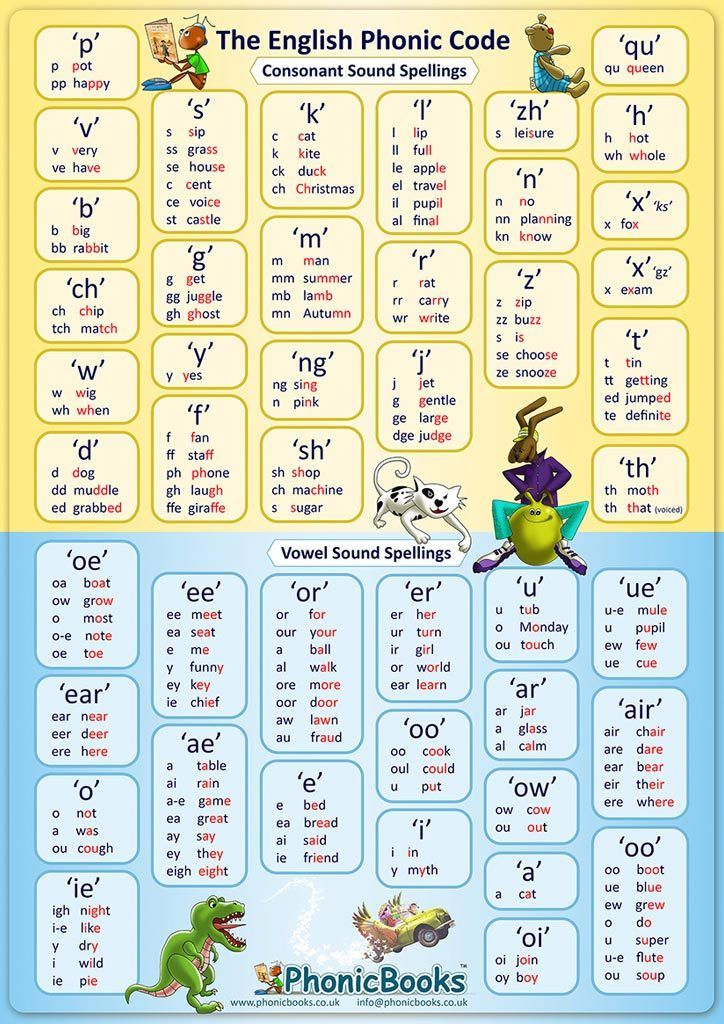
Using magnetic letters, you can then change tap to tape, bit to bite, dot to dote, and so on. While your child will hear that the sound changes, using magnetic letters will help them see what vowel contributes to the change in sound.
You can also use flip cards to demonstrate this concept. Fold the last eighth or so of an index card, and then write a CVC word, like tap, on the unfolded part and an e on the folded part. When you unfold the card, the word will change from tap to tape!
Note: The long o and u sounds can be a bit more complicated, so we recommend holding off on those until your child has gotten a good grasp on the others.
2) Correct The Spelling
To help your child gain a better understanding of long vowel sounds, why not play a game to help strengthen their knowledge?
To play this game, show your child the incorrect spelling of a CVC word and have them correct it. For example, using magnetic letters, spell out f-i-n-o but pronounce it as fine.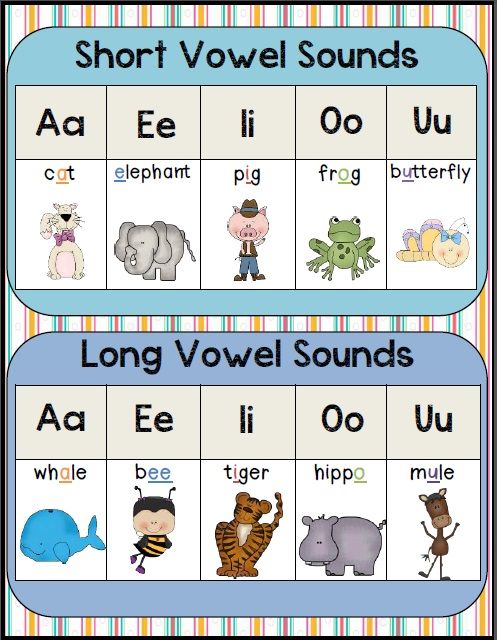 Now your child, who’s learned the power of the silent e, will be able to replace the o with an e.
Now your child, who’s learned the power of the silent e, will be able to replace the o with an e.
Here are some great words you can use for this activity:
Long “A” Sound Examples:
- Bake
- Lake
- Fame
- Date
- Fate
- Cake
- Make
Long “I” Sound Examples:
- Hide
- Fine
- Time
- Line
- Mine
- Pine
- Wife
- Ride
Long “O” Sound Examples:
- Joke
- Rose
- Woke
- Poke
Learning Vowels One Day At A Time
Learning vowels can be challenging for children. That’s why it’s important to take it one day at a time.
Help your child learn their basic vowels, start with the short CVC words, and then after some practice, help them nail the long vowel sounds, which are a little trickier.
Using the right strategy, you can give your young learner the confidence to face any unfamiliar word they may come across during reading activities.
With the help of the HOMER Learn & Grow App, continue exposing your child to all sorts of stories and reading activities. This will not only help them with their vowels, but it will also set a solid foundation for their literacy journey!
Author
§ 235 Pronunciation of vowels
The main feature of Russian literary pronunciation in the field of vowels is their different sounding in stressed and unstressed syllables with the same spelling. In unstressed syllables, vowels undergo reduction . There are two types of reduction - quantitative (when the length and intensity of the sound decrease) and qualitative (when the sound itself changes in an unstressed position). The vowels in the 1st pre-stressed syllable are subjected to a lesser reduction, and more in all other syllables. Vowels [a], [o], [e] undergo both quantitative and qualitative reduction in unstressed syllables; vowels [i], [s], [y] do not change their quality in unstressed syllables, but partially lose their duration.
1. Vowels in the 1st pre-stressed syllable:
a]ha, M[a] squa, s[a] dy, s[a] bor ; After the hard hissing f and Sh in place A and About , weakened sound [A] : F [A] RA, f [a] ngleter is also pronounced , sh[a]gi, sh[a]fer .
Note 1 . After hard hissing w , w and after c , a sound like 9 is pronounced before soft consonants0011 [s] with a dimension [E] , designated conditionally [s ] 9000 ] LET, to co -chev [s E ] Lenia, f [s ] Ket , in forms0011 Horse : Losh [s E ] Rey, Losh [s E ] Diam and tons in the forms numerals for - now: TwoDz [s E ] TIE , TRIDC [s ] Ty 9000] . ; in rare cases sound [s E ] is pronounced in place A in the Regulations in the Regulations: RSH [s E ] but . f[s e ]smin .
; in rare cases sound [s E ] is pronounced in place A in the Regulations in the Regulations: RSH [s E ] but . f[s e ]smin .
Note 2. Unstressed [o] pronounced in conjunctions but and which is , and is also allowed in some foreign words, for example: b[o]aʹ, b[o]mond. rococo. J[o]rec .
Note 3. Preservation of o in unstressed syllables is a feature of regional pronunciation, therefore the pronunciation M[o]squa, p[o]kupka, p[o]we go, v[o]zit. v[o]kzal does not comply with the standard ;
b) after hard hissing g, Sh and C in place E pronounced reduced sound type [s] with a prize [e] , denoted conditionally [s [s E ]: F [s ] n, sh [s E 0014 e ]lui ;
c) after soft consonants at the site of letters I and E , as well as after the soft hissing hours and in place , the weakened sound [and ] with overtone [e] , conventionally designated [and E ] : m [and ] Snoy, p [and E ) E ] Style, h [and E ] Sy, SH [and ] DIT ] DIT ] in plural forms of the word Square: Flame [and ] Rey, Flame [and ] DEM , etc.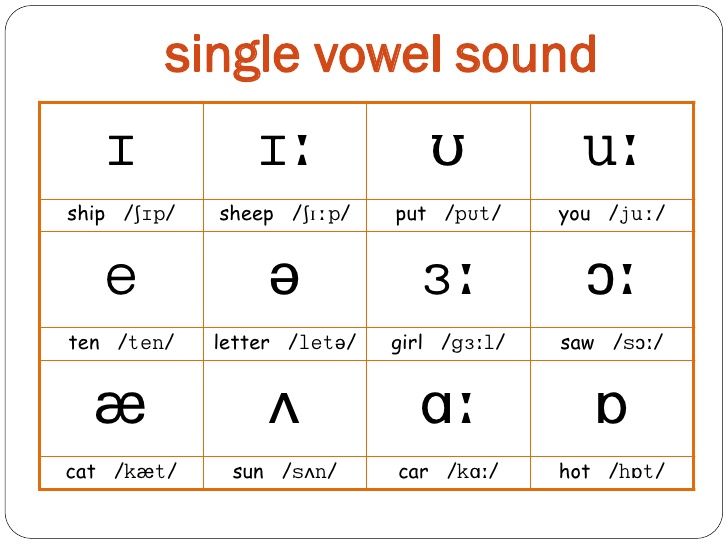 ;
;
d) on the site of I and E At the beginning of the word, the sound is pronounced the sound [and] with a prize [E] , designated [and E ] in combination with the previous [th]: [yi ] building, [yi ] NTAR, [yi 9000 9,000 e ]egg.
Preservation of [a] in an unstressed syllable after soft consonants is a feature of the regional pronunciation, therefore the pronunciation of [v’a] zat, [p’a] bina, h[a] sy, [ya] egg, [ya] curl does not correspond to the norm.
2. Vowels in other unstressed syllables:
a) at the absolute beginning of a word, in place of the letters a and o , a weakened sound is always pronounced [a]: [a] rbuz: [a] kno, [a] car, [a] deviation;
b) after solid consonants in unstressed syllables, except for the 1st pre-stressed, in place A and O Reduced sound is pronounced, the average in sound between [a] and [s] , brief in terms of conditionally [b]: g [b] ] lova, k[b] rendash, apple[b] k[b] ;
c) after soft consonants in unstressed syllables, except for the 1st pre-stressed one, in place of PO Box and e , it is pronounced reduced, medium in sound between [and] and [e] , short in duration, conventionally denoted [b]: [n'b] wheelbarrow, [l'b] sorub, you [n'b] su, h[b]lovek .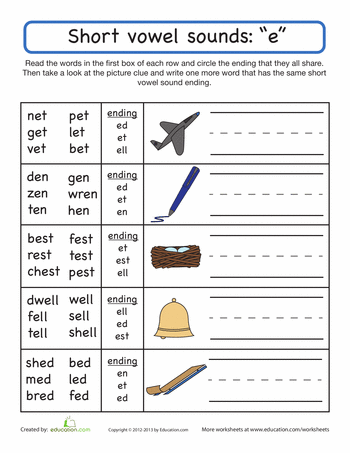
3. The vowel and at the beginning of the root after a prefix or preposition, ending in solid consonants, is pronounced like [s] : from the institute - and [zy]nstituta , with Igor - [1 sy] ] grief ; save in this position [and] and softening the consonant before it is a regional pronunciation feature and does not correspond to the norm .
4. Stressed vowels in place e and e In the pronunciation of a number of words, difficulties arise due to the indistinguishability in the printed text of the letters e and e , since only the letter e 9 is used to designate them0014 (except for educational literature for junior schoolchildren and foreign students). This situation leads to a distortion of not only the graphic, but also the phonetic appearance of the word, and is the cause of frequent pronunciation errors. Therefore, it is recommended to memorize two rows of words:
Therefore, it is recommended to memorize two rows of words:
a) with the letter e , in the place of which it sounds [e] : scam, spineless, bluff, existence, black ice, firebrand, grenadier, debely, life, alien, religious procession (but godfather ), fishing line, oblivion, bewildered, invaluable, guardianship, sedentary (settlement), successor, successor, surveillance, modern, yoke, barley , etc .;
b) with the letter ё , in the place of which it sounds [o] : hopeless, bucket, engraver, yellow (permissible bile ), (acceptable bilious : expired (term) - expired (in blood), announced (screaming like an announced) - announced (decree), perfect (singing) - perfect (opening) .
Pronunciation of vowel sounds
-
Vowels under stress are pronounced in accordance with writing.

-
AT unstressed syllables vowels are exposed reduction, those. pronounced with a weaker articulation.
Reduction can be quantitative and qualitative. Quantitative reduction is a decrease in duration and strength unstressed vowel. It belongs to the sounds [and], [s], [y]. Quality reduction is a qualitative change vowel sounds with the loss of some signs of his timbre. quality sounds [a], [o], [e] are subjected to reduction. For them, the 1st weak position is different (first prestressed syllable or absolute beginning of a word) and 2nd weak position (other unstressed syllables).
-
AT 1st weak position in place of sounds [a] and [o] a sound is pronounced, the middle between them, the so-called "a-closed", denoted in transcription [Λ]: [wΛda], [ΛgΛrot].
On the place of the sound [e] in a similar position pronounced [and 3 ]: [v'i e sleep], [l'i e sleep].
AT the first prestressed syllable has the same sound can be pronounced in place of a vowel [a] after soft hissing [h '] and [sh ']: [h'i e sy], [sh'i e d'it'].
After solid sibilant [w] and [w] vowel [a] in 1 -th weak position can sound like [Λ] before a hard consonant: [shΛgat '], [zhΛra] or like [s e ], if followed by a soft consonant: [zhy e l'et'], [lyshy e d'e]].
-
In 2nd weak position in place of sounds [a], [o], [e] after solid consonants is pronounced very short (reduced) sound, denoted by the sign [b] (ep), after soft - a very short sound sign [b] (er): [small], [hear '], [half], [b'l'izna].
-
Difficulties most often occur in pronunciation sounds [o] and [e] in a stressed position, which graphically expressed by the letters "e" and "yo". For example: life (not being), modern (not modern), finished ( not brought), newborn (not newborn), guardianship (not guardianship), settled (not settled), etc.
 Part of it happens from what is in printed texts like as a rule, instead of the letter "ё" is used the letter "e". For difficulty in pronunciation words of this kind should be referred to reference dictionaries. Need to remember and that in some cases the letters "yo" and "e" are distinguished by the meaning of the word in phrases. Wed: nominative case - loss of livestock; clear sky - top sky; perfect view - perfect deed.
Part of it happens from what is in printed texts like as a rule, instead of the letter "ё" is used the letter "e". For difficulty in pronunciation words of this kind should be referred to reference dictionaries. Need to remember and that in some cases the letters "yo" and "e" are distinguished by the meaning of the word in phrases. Wed: nominative case - loss of livestock; clear sky - top sky; perfect view - perfect deed.
________________________________________________________________________
-
voiced, consonants at the end of words are stunned into paired deaf, moro [s], baga [w], ro [f], myo [t]. Stun sound [r] in unpaired [x] is literary norm only in the word God ; in other cases, pronunciation in end of the word [x] instead of [k] - dialect trait: dream [x], lie [x], pyro [x].
Stun voiced consonants at the end of words depends from positions, therefore called positional process.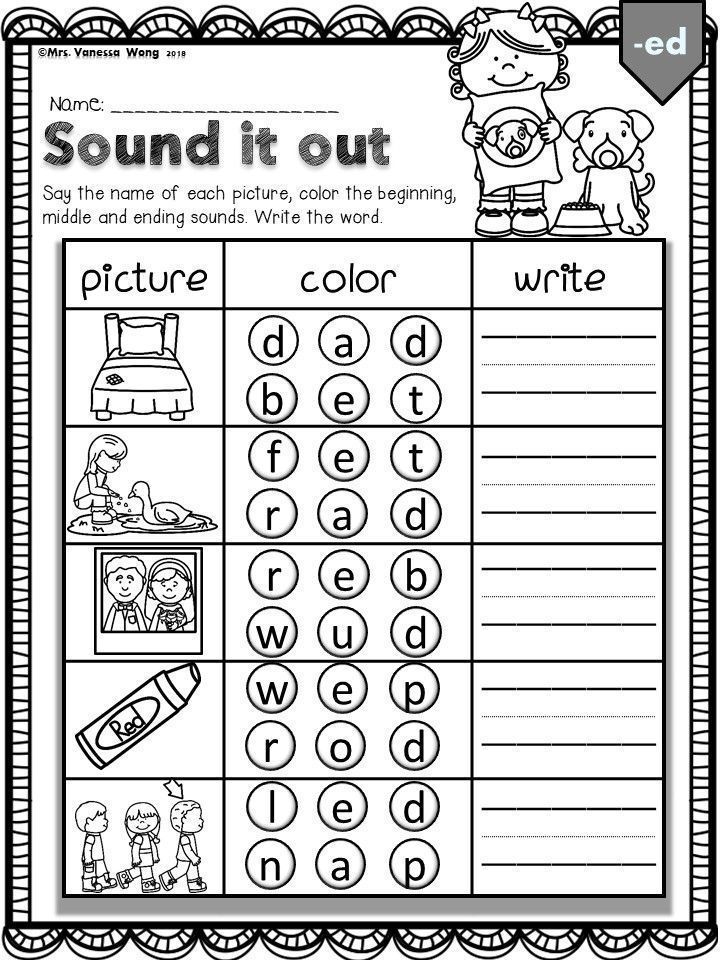
-
AT Russian widely spoken combinatorial (caused by combination, combination sounds) processes. Among them — assimilation (assimilation) sounds:
-
assimilation by voice (voiced consonant under the influence subsequent voiced turns into voiced): about [z ‘] ba, in [g] hall; voicing does not occur before the sounds [l], [m], [n], [p], [c];
-
assimilation softness (hard consonant under the influence the soft sound that follows becomes soft): go [s '] ti, le [s '] nick, [h '] here.
AT combinations with dental and labial consonants observed dual pronunciation: [zl'] it and [z'l'] it; [d'v'] er and [dv'] er. Last time, the tendency to pronunciation intensifies in such cases, hard consonants.
At masculine nouns ending in -ism consonant [h] is pronounced firmly in all cases, including softening final consonant: in organism, under capitalism, about abstractionism;
-
assimilation dental before hissing (dental [h], [s] before hissing [w], [w] are pronounced like long sibilant): stitch — [wh] it; unlace - ra [shsh] lace up; burn - [lzh] ech; pity - ra [lj] alobit.

-
Combinations zh and zhzh inside the root are pronounced like long soft sound [zh '] in the words: yeast, splashes, screeches, rattles, reins, ride, burn, later, glimpse, buzz, rain, rain, juniper. At present time is soft [w'] in these words is displaced [g], as linguists suggest, due to what most speakers have literary language in their phonetic there is no [x'] in the system.
-
Combination sch is pronounced as a long soft sound [w'], just like the sound transmitted to letter u: s how - [sh'sh'] Em; calculation - ra [sh'sh'] no; happiness - [sh'sh'] astier.
-
Combination zch is pronounced as a long soft sound [w']: peddler - different [sh'sh'] ik; carver - re [w'w'] ik.
-
Combinations dh and tch are pronounced as a long sound [h']: translator - translation [h'h'] ik; pilot - le [h'h'] ik.
-
Combinations dts and ts are pronounced as a long sound [ts]: twelve — dvena [cc] at; golden - gold [ts] e.
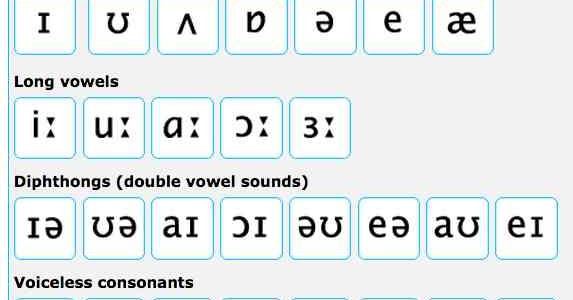 So consonants sound in verbs combinations tsya and tsya: to worry — wave [cc| a; meet - meet [cc] a.
So consonants sound in verbs combinations tsya and tsya: to worry — wave [cc| a; meet - meet [cc] a.
Combinations ds and ts are pronounced like [c] at the junction root and suffix: urban - city [ts] koy; Soviet - owl [c] cue.
-
Sound [g] in combinations gk, gch is pronounced like [x]: softer — me [x] che; easier - le [x] che.
-
At a combination of three or more consonant phonemes in Russian there is a process simplification consonant groups (one of the consonants, usually middle, not pronounced). It's spreading for combinations: one hundred, zdn, rdts, lnts, nstk and others: local - me [sn] th; holiday - pra [z'n'] ik; heart - se [rc] e; sun - co [nc] e; gigantic - giga [nsk] iy.
-
Pronunciation combinations of h with the same spelling it often causes difficulties in words, what is related to the interaction of rules old Moscow and Petersburg (Leningrad) pronunciation.

Learn more

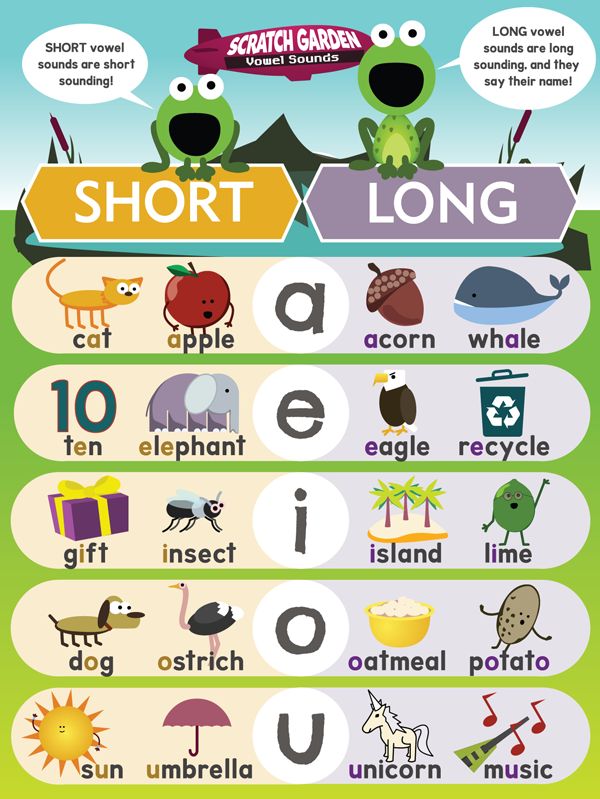 The letter e is added so that the g will represent its /j/ sound. The letter e at the end of this pattern is not pronounced.
The letter e is added so that the g will represent its /j/ sound. The letter e at the end of this pattern is not pronounced.
